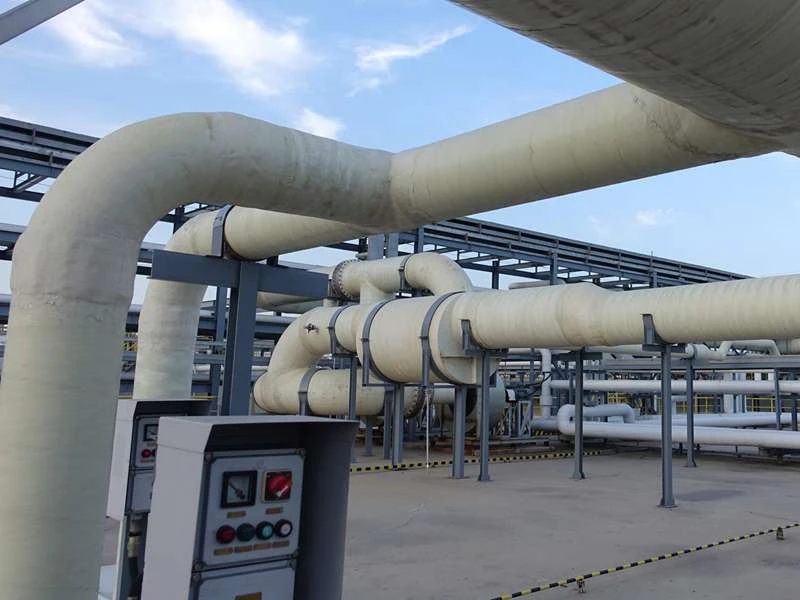
-
 Afrikaans
Afrikaans -
 Albanian
Albanian -
 Amharic
Amharic -
 Arabic
Arabic -
 Armenian
Armenian -
 Azerbaijani
Azerbaijani -
 Basque
Basque -
 Belarusian
Belarusian -
 Bengali
Bengali -
 Bosnian
Bosnian -
 Bulgarian
Bulgarian -
 Catalan
Catalan -
 Cebuano
Cebuano -
 China
China -
 China (Taiwan)
China (Taiwan) -
 Corsican
Corsican -
 Croatian
Croatian -
 Czech
Czech -
 Danish
Danish -
 Dutch
Dutch -
 English
English -
 Esperanto
Esperanto -
 Estonian
Estonian -
 Finnish
Finnish -
 French
French -
 Frisian
Frisian -
 Galician
Galician -
 Georgian
Georgian -
 German
German -
 Greek
Greek -
 Gujarati
Gujarati -
 Haitian Creole
Haitian Creole -
 hausa
hausa -
 hawaiian
hawaiian -
 Hebrew
Hebrew -
 Hindi
Hindi -
 Miao
Miao -
 Hungarian
Hungarian -
 Icelandic
Icelandic -
 igbo
igbo -
 Indonesian
Indonesian -
 irish
irish -
 Italian
Italian -
 Japanese
Japanese -
 Javanese
Javanese -
 Kannada
Kannada -
 kazakh
kazakh -
 Khmer
Khmer -
 Rwandese
Rwandese -
 Korean
Korean -
 Kurdish
Kurdish -
 Kyrgyz
Kyrgyz -
 Lao
Lao -
 Latin
Latin -
 Latvian
Latvian -
 Lithuanian
Lithuanian -
 Luxembourgish
Luxembourgish -
 Macedonian
Macedonian -
 Malgashi
Malgashi -
 Malay
Malay -
 Malayalam
Malayalam -
 Maltese
Maltese -
 Maori
Maori -
 Marathi
Marathi -
 Mongolian
Mongolian -
 Myanmar
Myanmar -
 Nepali
Nepali -
 Norwegian
Norwegian -
 Norwegian
Norwegian -
 Occitan
Occitan -
 Pashto
Pashto -
 Persian
Persian -
 Polish
Polish -
 Portuguese
Portuguese -
 Punjabi
Punjabi -
 Romanian
Romanian -
 Russian
Russian -
 Samoan
Samoan -
 Scottish Gaelic
Scottish Gaelic -
 Serbian
Serbian -
 Sesotho
Sesotho -
 Shona
Shona -
 Sindhi
Sindhi -
 Sinhala
Sinhala -
 Slovak
Slovak -
 Slovenian
Slovenian -
 Somali
Somali -
 Spanish
Spanish -
 Sundanese
Sundanese -
 Swahili
Swahili -
 Swedish
Swedish -
 Tagalog
Tagalog -
 Tajik
Tajik -
 Tamil
Tamil -
 Tatar
Tatar -
 Telugu
Telugu -
 Thai
Thai -
 Turkish
Turkish -
 Turkmen
Turkmen -
 Ukrainian
Ukrainian -
 Urdu
Urdu -
 Uighur
Uighur -
 Uzbek
Uzbek -
 Vietnamese
Vietnamese -
 Welsh
Welsh -
 Bantu
Bantu -
 Yiddish
Yiddish -
 Yoruba
Yoruba -
 Zulu
Zulu
FRP Storage Tanks for Transport Applications and Their Advantages
Understanding FRP Transport Tanks A Deep Dive into Their Benefits and Applications
In the evolving landscape of industrial storage solutions, Fiber Reinforced Polymer (FRP) transport tanks are gaining significant traction due to their robust design and versatility. These tanks, made from composite materials that typically include a polymer matrix reinforced with fibers such as glass or carbon, offer a myriad of advantages for various applications, including the storage and transportation of liquids, chemicals, and other materials.
1. The Composition and Properties of FRP Tanks
FRP transport tanks are constructed using a blend of plastic resins and reinforcing fibers, which provide exceptional strength-to-weight ratios. This unique combination results in tanks that are not only lightweight but also incredibly durable and resistant to corrosion. Unlike traditional materials such as steel or concrete, FRP does not rust, degrade, or react with the substances stored within, making it an ideal choice for applications involving aggressive chemicals or corrosive materials.
2. Advantages of Using FRP Transport Tanks
One of the most significant benefits of FRP tanks is their corrosion resistance. They are specifically engineered to withstand harsh environments, which means that organizations can reduce maintenance costs and prolong their investment. Moreover, FRP tanks can be manufactured in various shapes and sizes, tailored to specific needs, which enhances their flexibility in storage capacity.
Another substantial advantage is the lightweight nature of FRP. When transporting fluids over long distances, the weight can significantly affect logistics and fuel consumption. FRP transport tanks help mitigate these challenges, making them an attractive option for companies looking to streamline operations and reduce costs.
3. Applications of FRP Transport Tanks
frp transport tank

FRP transport tanks are widely used across several industries, including agriculture, chemical processing, and water treatment. In the agricultural sector, they serve as effective solutions for storing fertilizers and pesticides, providing farmers with the durability and reliability needed for safe storage. The chemical processing industry benefits from FRP due to its ability to hold various acids and alkalis without compromising structural integrity.
Water treatment facilities also employ FRP tanks for their ability to store treated water and various chemicals used in the purification process. These tanks comply with environmental regulations and ensure safe handling practices, which is crucial in maintaining public health standards.
4. Environmental Considerations
As sustainability becomes increasingly vital, FRP transport tanks stand out because they can be produced with environmentally friendly materials and processes. Additionally, the long lifespan and reduced maintenance needs of FRP tanks contribute to less waste over time. Their ability to resist leaks and spills further ensures that environmental contamination is minimized, making them an eco-friendly choice in industries where chemical storage is a concern.
5. The Future of FRP Technologies
Advancements in FRP technology continue to evolve, opening new opportunities for enhanced performance and applications. Innovations such as the incorporation of smart materials that can monitor pressure and temperature within the tank are on the horizon. These developments promise to improve safety and operational efficiency, further solidifying FRP transport tanks as a cornerstone in storage solutions.
Conclusion
FRP transport tanks represent a significant advancement in industrial storage technology, characterized by their durability, versatility, and economic advantages. As industries face increasing demands for efficient and safe storage solutions, FRP tanks stand out as an indispensable resource. Their unique properties not only address contemporary challenges but also align with the global move towards sustainable practices. With continued innovation, the future of FRP transport tanks looks promising, ensuring their pivotal role in responsible storage and transport solutions for years to come.
Latest news
-
Exploring the Benefits of Top Hammer Drifter Rods for Enhanced Drilling PerformanceNewsJun.10,2025
-
High-Precision Fiberglass Winding Machine for GRP/FRP Pipe Production – Reliable & Efficient SolutionsNewsJun.10,2025
-
FRP Pipes & Fittings for Shipbuilding - Corrosion-Resistant & LightweightNewsJun.09,2025
-
Premium FRP Flooring Solutions Durable & Slip-ResistantNewsJun.09,2025
-
Premium Fiberglass Rectangular Tanks Durable & Lightweight SolutionNewsJun.09,2025
-
Tapered Drill String Design Guide Durable Performance & UsesNewsJun.09,2025









